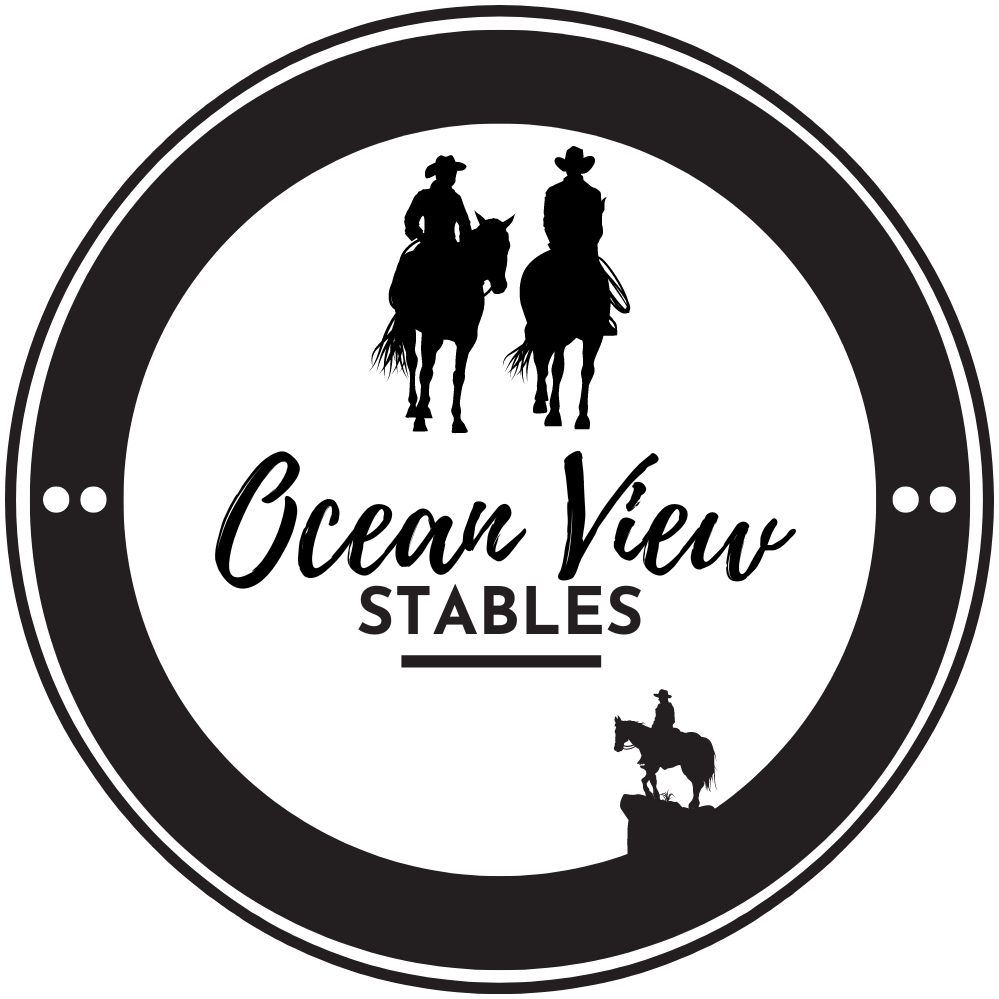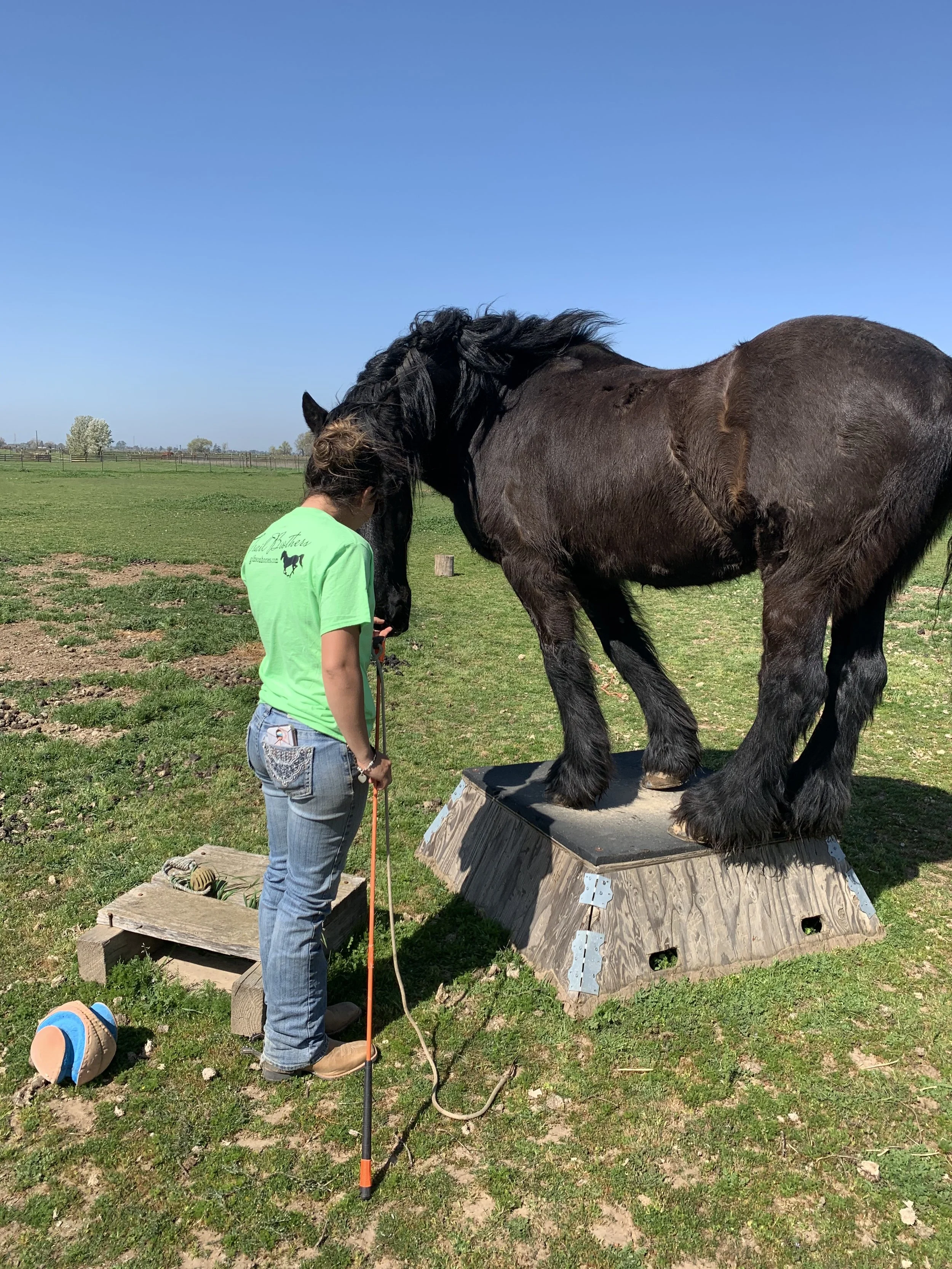Understanding Horse Behavior in Natural Horsemanship: A Step-by-Step Guide
Introduction to Horse Behavior and Natural Horsemanship
The Concept of Natural Horsemanship
Just imagine, you're amidst a serene meadow, your hands gently running through the soft mane of your horse. This scenario isn't just a dream if you're practicing natural horsemanship—a philosophy rooted in developing a rapport with horses that mirrors their interaction within the herd. But what is the first step? Understanding horse behavior, of course!
The Importance of Understanding Horse Behavior
Why should you take time to understand horse behavior? It's simple, knowing your horse's behavior is the key to building a successful relationship with them. It also helps in training, managing, and even in determining the health of your horse.
The Basics of Horse Behavior
Social Structure of Horses
Did you know horses are social animals and have a strong herd instinct? They establish a hierarchical structure within the herd, commonly referred to as the "pecking order." Understanding this can give you insight into your horse's behavior.
Horse Communication
Horses, similar to humans, use both verbal and non-verbal forms of communication. They whinny, nicker, and squeal while using their bodies to express emotions. Learning to read these cues will enhance your interaction with your equine friend.
Understanding Horse Emotions
Recognizing emotions in horses isn't as difficult as it may seem. Like us, they express happiness, fear, anger, and even boredom. Observing their behavior can provide clues to their emotional state.
The Role of Natural Horsemanship in Understanding Horse Behavior
ΩBuilding a Bond with the Horse
Think of natural horsemanship as a conversation, where you listen, understand, and respond to your horse. It's about building a bond, an emotional connection, rather than simply issuing commands.
Horses communicate primarily through body language. A well-attuned natural horsemanship student will recognize the subtle cues that reveal a horse's feelings and intentions. These can include ear position, tail activity, and facial expressions. Studying horse behavior, both in person and through educational resources, can help you learn to interpret these signals.
Respect and Trust in Natural Horsemanship
Respect and trust are not just human virtues, they're fundamental in the horse world too! Natural horsemanship emphasizes mutual respect and trust as the pillars of your relationship with the horse.
Natural Training Techniques
In natural horsemanship, forceful methods are a no-no. Instead, techniques are based on the horse's instinctive response, promoting understanding and mutual cooperation.
The Steps to Understand Horse Behavior
Observation and Interpretation
The first step? Be a keen observer! Watch your horse in different situations and try to understand their reactions. This observation will help you interpret their behavior and understand their communication methods.
Training and Reinforcement
After you've learned to interpret your horse's behavior, training comes next. Remember, the key is to use their natural instincts to your advantage. Use positive reinforcement - a treat, a kind word, or a pat - to reward good behavior.
Positive reinforcement is an essential tool for building a strong bond with your horse. Rewarding good behavior and responding to the horse's needs with kindness and understanding reinforces trust and respect.
Games and interactive play can also help strengthen your bond. Whether it's simple games like tag or more complex training games, interactive play can help build trust, improve communication, and make your relationship more enjoyable for both of you.
The Role of Patience and Consistency
This is not a one-day affair. You're learning a new language – the language of your horse. So, patience and consistency are your best friends in this journey. Keep at it and you'll see wonders happening.
Consistency in your own behavior is crucial. Horses, like many animals, thrive on predictability. Be consistent in the commands and cues you give, and respond to your horse's behavior in a reliable manner. This will make the horse more comfortable and confident in your relationship.
It's important to understand that a horse has its own thoughts, feelings, and fears. They may not always understand what you're asking or might be frightened by something you find innocuous. Be patient with them and try to see things from their perspective.
Conclusion
Understanding horse behavior and applying the principles of natural horsemanship is no small feat. But, remember the first time you rode a bike? With practice and patience, you learned to balance, pedal, and eventually ride without any assistance. The same applies here. Keep observing, stay patient, and maintain consistency. You'll soon find yourself understanding and communicating with your horse in ways you never imagined. And the bond you'll build? That'll be the cherry on top!
FAQs
Q: What is the first step in understanding horse behavior?
A: The first step is observation. Watch your horse in different situations and try to understand their reactions.
Q: What is the role of natural horsemanship in understanding horse behavior?
A: Natural horsemanship emphasizes a mutual understanding and respect between you and your horse. It provides techniques to build a strong bond with your horse and train them effectively.
Q: How does understanding horse behavior benefit me?
A: Understanding your horse's behavior is key to building a successful relationship with them. It aids in training, managing, and even determining the health of your horse.
Q: How do horses communicate?
A: Horses use both verbal and non-verbal cues to communicate. They use sounds like whinnies, nickers, and squeals, and also use body language to express their emotions.
Q: How long will it take to understand my horse's behavior?
A: There's no specific timeline. It depends on your observational skills, patience, consistency, and of course, the individual personality of your horse.

